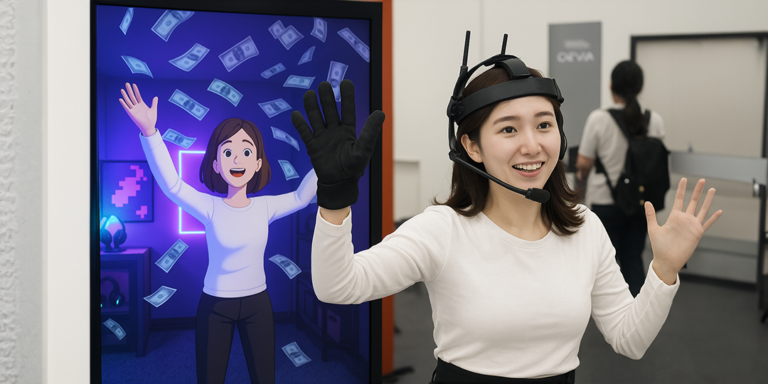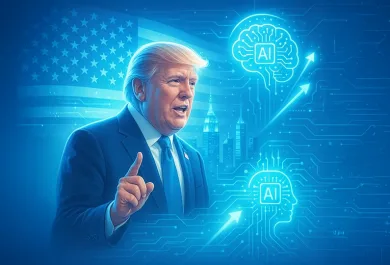A game-changing era has come, no, it has been progressing, continues to progress, and will continue to evolve. This is about Web3— VTubers consuming blockchain, AI, and avatars to stretch creativity to bold new heights. With Ghibli art and avatars trending across platforms, several YouTubers have turned their interest into creating unique content using virtual avatars.
So, What is a VTuber?
We are familiar with the term YouTuber. A Virtual YouTuber or VTuber is much more than the former, but encompasses AI technology, masking the faces of presenters with avatars! For those who want some sort of creativity and anonymity, VTubing works, ideally by providing them access to avatar creation from several platforms.
It begins here…
The term VTuber was coined around 2016, with Kizuna AI believed to be the first in the row. Most of the VTubers, including the anime avatars used, are from Japan and several Asian countries. Remember, the epic Japanese cartoon Pokémon, which was once an all-time favorite for the 1990-2000s kids? What’s more, Hololive Production, one of the biggest VTuber agencies, is owned by Cover Corporation, a Japanese tech entertainment company. That said, most of the anime avatars used by VTubers have their origin in Japanese cartoons.
VTubers generate 2D and 3D avatars using mocap software such as VTube Studio, VSeeFace, PrprLive, OptiTrack, and more. These software programs track facial expressions and veil your face, displaying motions for your actions.
How do VTubers leverage blockchain technology?
Blockchain is for safety, security, decentralization, and more, as you know. Like how artists, YouTubers, musicians, writers, designers, and all content creators and owners eye on content protection and ownership, VTubers also ensure safety over their productions. Here is where they leverage blockchain technology as a shield from theft.
Decentralization
The decentralized nature of blockchain allows VTubers to prevent intermediate activities, providing complete ownership to the content creator. It nullifies the need for a centralized body to interfere in a peer-to-peer transaction, thereby ensuring speed and ease. Ultimately, this technology helps increase fan base, giving them freedom to vote on content decisions in a Decentralized Autonomous Organization (DAO) ecosystem.
NFTs as profit
As NFTs (non-fungible tokens) can take different forms besides images, video content creators find this technology one of the best ways to protect their content from disruption, theft, and fraud. They can convert their content to NFTs and earn income by selling them on NFT marketplaces.
Smart contracts for monetization
Yes, you can use smart contracts to generate revenue for your work. But, how? Basically, you don’t have to pay large portions of your sales/revenue to third-party intermediaries, cutting down any intermediary costs. Smart contracts are a set of codes that execute programs to automatically perform actions, including payments, voting, or access control. These codes automatically divide revenues between content collaborators, editors, presenters, creators, and others.
Apart from all the positive sides of VTubing, you need to be highly competent if you are a crazy VTuber. Audience growth, content uniqueness, production cost, and tackling creativity block are a few challenges you may go through.
Tech is always techifying
Tech is thriving, and its sub-paradigms are rapidly blending into one another, meaning VTubing is intersecting with blockchain, another sub-tech of digitalization, creating new experiences. With more advances lining up, the way we see and engage with video content is likely shifting virtual youtubing to something even more immersive!











